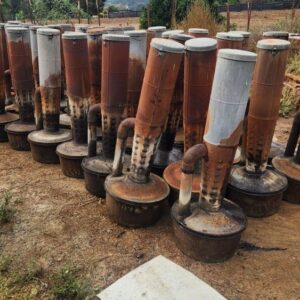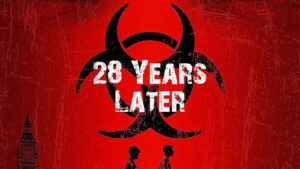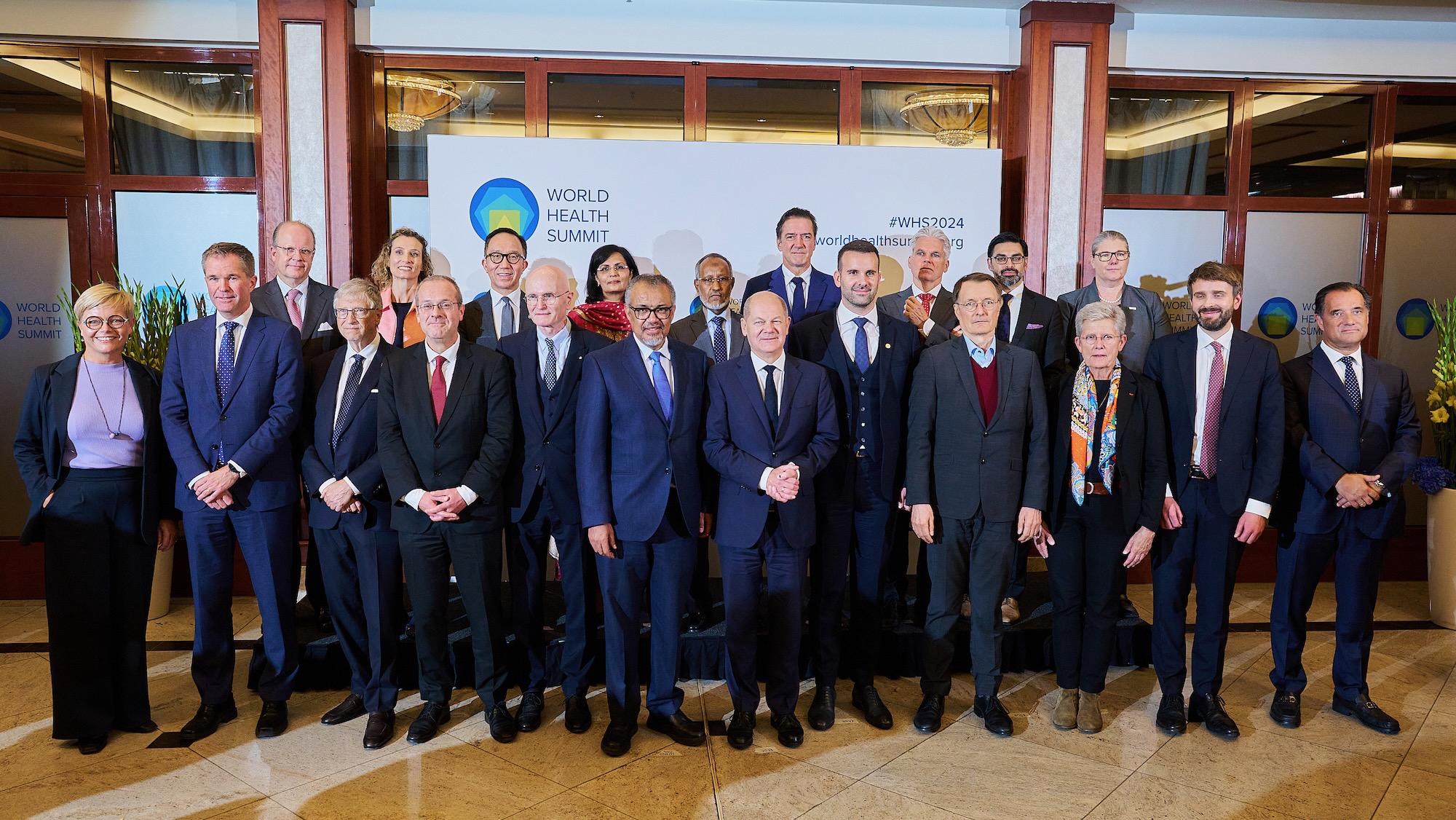The World Health Organization (WHO) has announced a completely new leadership team. The number of leaders has been greatly reduced, and many longtime leaders, like Dr. Mike Ryan, the Deputy Director General and head of emergencies, and Dr. Bruce Aylward, who helped lead WHO through COVID-19 but faced criticism for some mistakes, are no longer part of the team.
Dr. Chikwe Ihekweazu, a Nigerian-German who currently leads Health Emergency Intelligence and Surveillance at a WHO pandemic hub in Berlin, will replace Ryan as the head of WHO’s health emergencies department—the largest in the organization. This was shared in an internal email from WHO Director-General Dr. Tedros Adhanom Ghebreyesus to staff on Wednesday morning.

Shortly after, Tedros officially announced the new team at a meeting of the Programme Budget and Administration Committee (PBAC), a group preparing for the upcoming World Health Assembly.
Dr. Jeremy Farrar, a respected British scientist and former head of the Wellcome Trust, will take the role of Assistant Director-General for Health Promotion, Disease Prevention, and Control. This new role merges 10 existing divisions into four major ones. Farrar’s previous role as Chief Scientist will be taken over by Dr. Sylvie Briand, a French expert in epidemic preparedness who currently leads the Global Pandemic Preparedness and Monitoring Board.

Dr. Yukiko Nakatani from Japan will remain as head of Health Systems. Raul Thomas from Trinidad and Tobago will continue as Assistant Director-General of Business Operations, and Razia Pendse from India will stay as Chef du Cabinet.
Tedros said these appointments will start on June 16. Speaking to PBAC, he added, “This new team was chosen carefully to ensure gender balance and global representation. I am confident they will guide WHO well through future challenges.”
Initial reactions from WHO staff and others seem positive. One longtime insider said, “It was a tough choice for the Director-General, balancing gender, geography, and donor priorities, but overall it looks like a strong team.” The removal of some old leaders linked to Tedros’ earlier years may help WHO improve its image and reset for future changes.
Notably, the new team does not include anyone from China or the U.S., likely to avoid political tensions that have affected WHO since COVID-19.
Along with Ryan, Bruce Aylward, who worked at WHO for 30 years and led the Global Polio Eradication initiative and emergencies, has also left. Aylward was criticized, like Tedros, for being too soft on China’s early handling of the outbreak.
Dr. Farrar is now one of the most important new figures and a person to watch. Dr. Briand’s leadership of research gives WHO a chance to strengthen ties with European science institutions, especially as U.S. funding for research is shrinking.
One WHO scientist called Briand’s appointment “historic.”
The new team faces the challenge of cutting the number of WHO directors at headquarters by more than half to reduce costs. This is part of a larger plan after the U.S., WHO’s biggest donor, cut funding in early 2025. The budget shortfall is expected to reach $600 million this year and $1.7 billion for 2026-27.
Currently, WHO has 76 department directors at headquarters. This will be reduced to about 34. Tedros told PBAC that deciding who will lead departments after these cuts will be difficult.
He also reassured that WHO will keep focusing on supporting country offices but will close some offices in wealthy countries where in-person help is less needed.
During a closed PBAC meeting, Tedros shared plans to move some WHO departments from Geneva to other, less expensive cities. Possible moves include parts of the health workforce teams to Lyon, France; emergency teams to Berlin; IT support to a UN hub in Valencia; and some disease programs to African cities like South Africa, Nairobi, or Addis Ababa. This could bring WHO closer to the regions that need help most.
These moves could help reduce layoffs, but up to 30-40% of the 2,600 WHO staff at headquarters might still lose their jobs due to budget cuts.
Tedros told PBAC, “Most job cuts will be at headquarters, with some impact on regional offices too.” Exact numbers will be clearer after WHO finishes prioritizing its work. He also said the organization is committed to supporting staff well-being during this tough time.
One observer said, “Cutting half the directors is just the beginning. This is a temporary team since the Director-General’s term ends in two years.”
The cuts follow a big expansion during COVID-19 and recent crises when the number of senior WHO directors almost doubled, along with many consultants.






